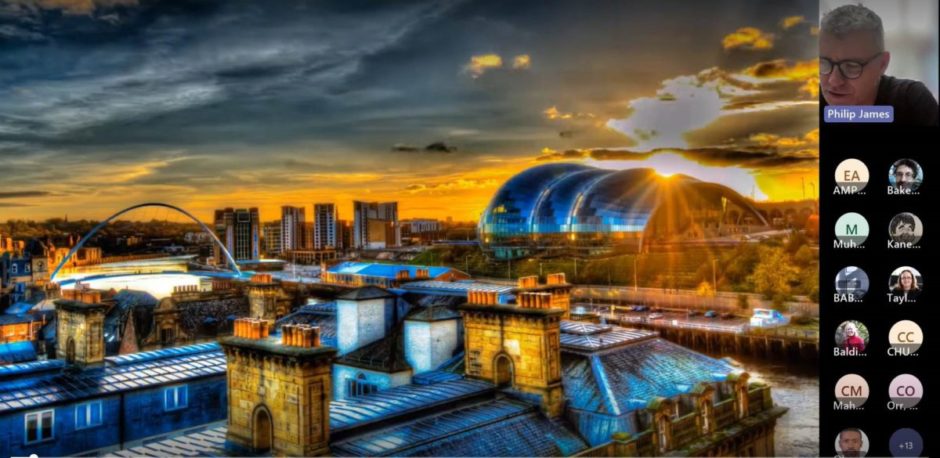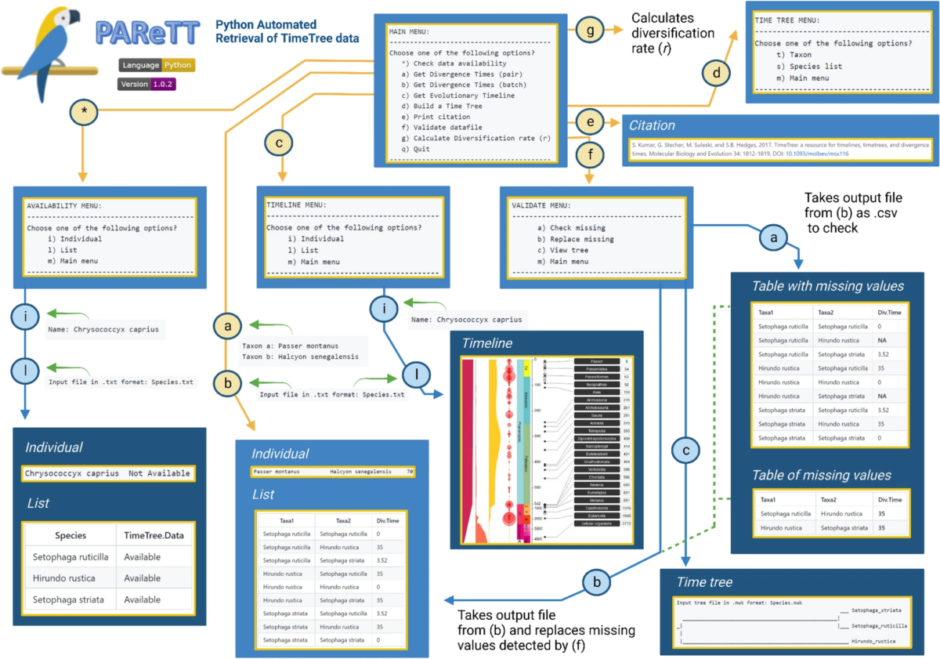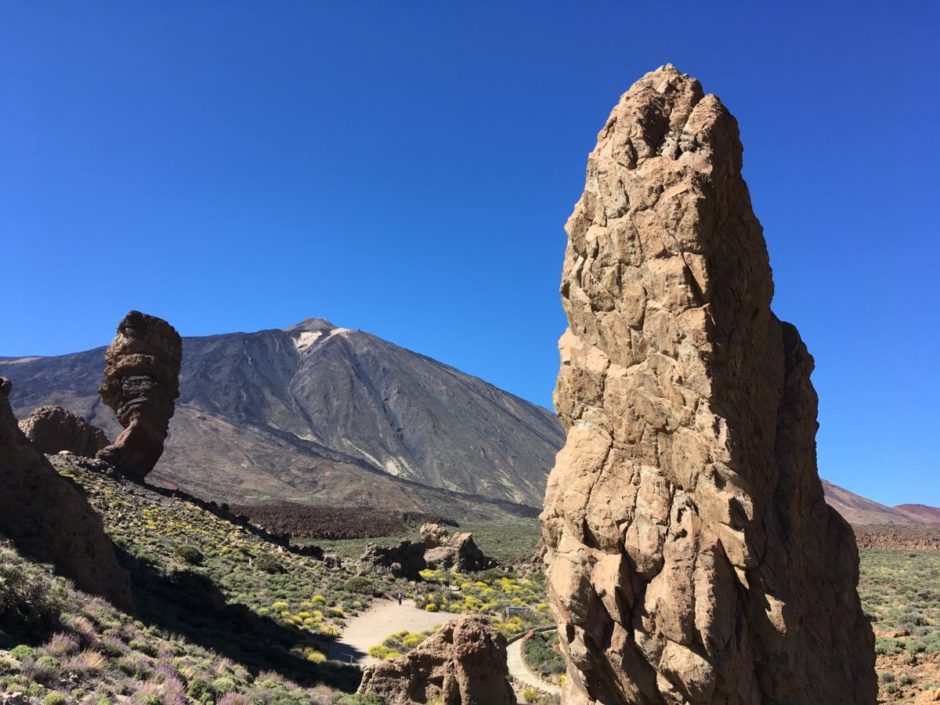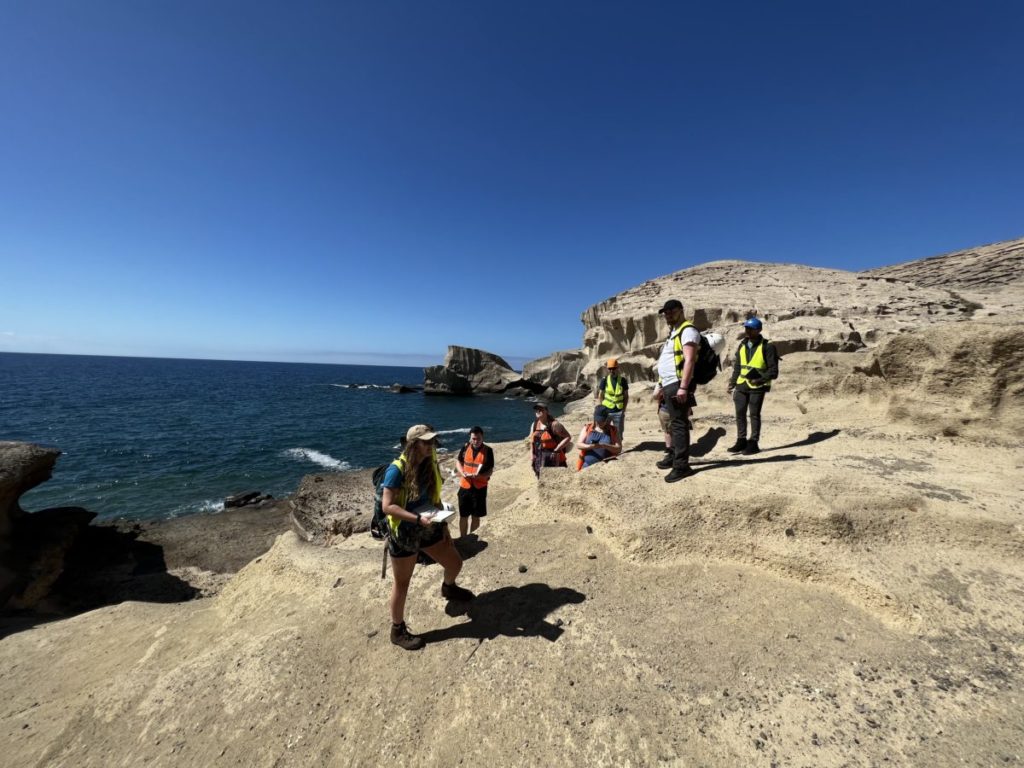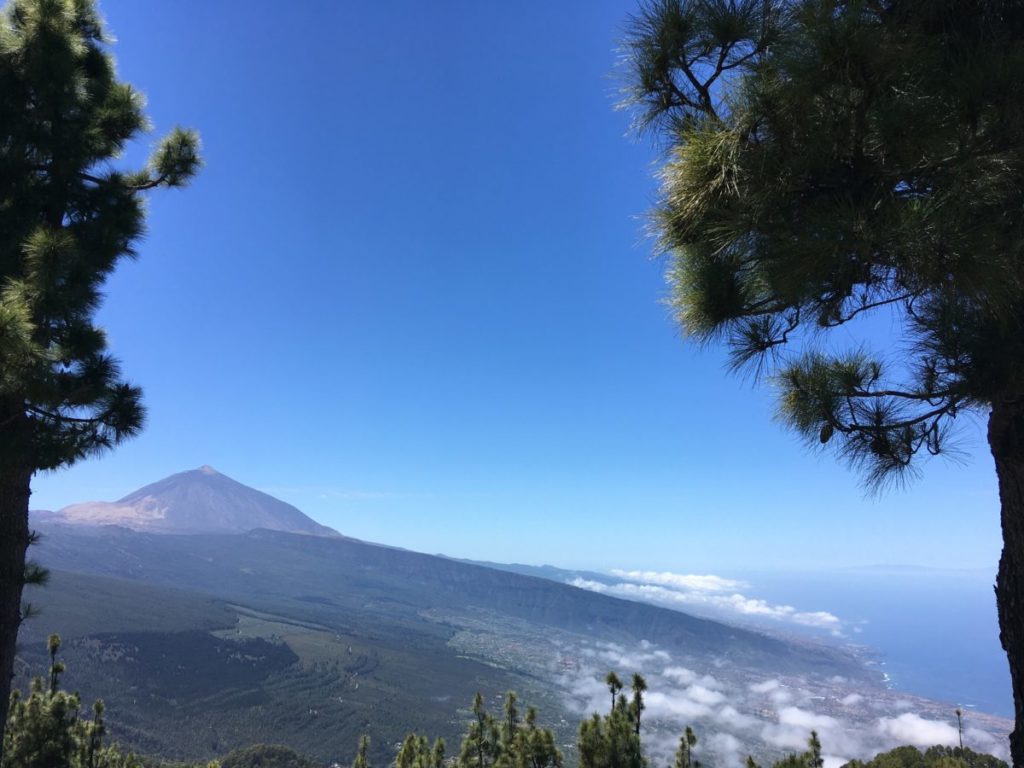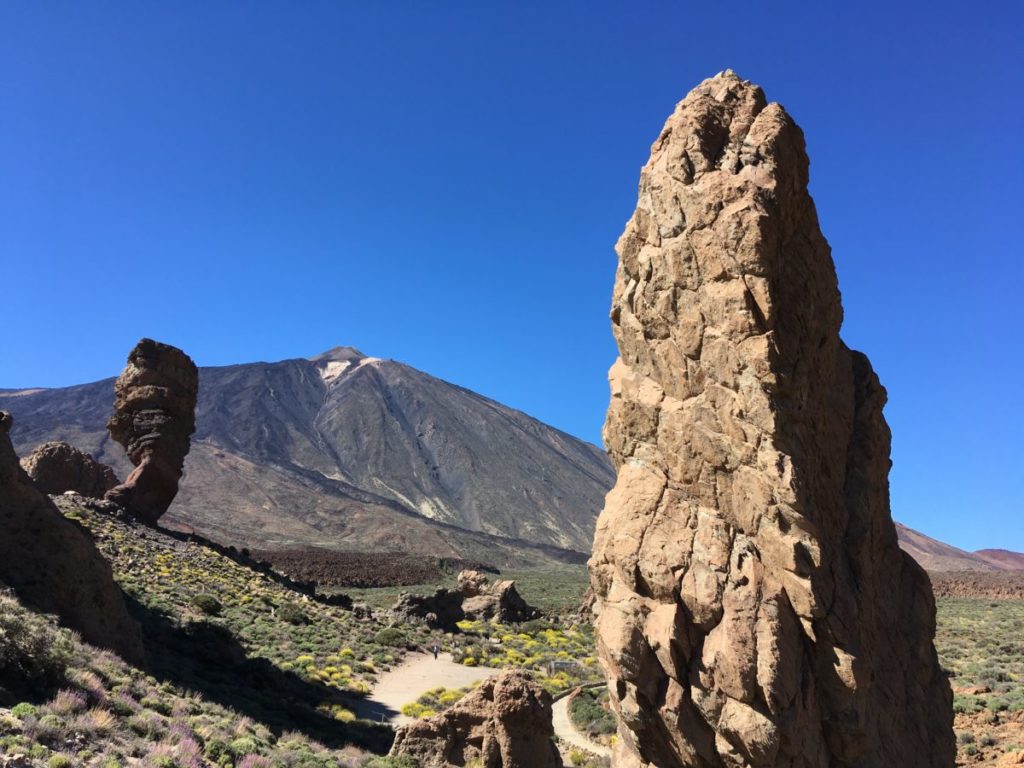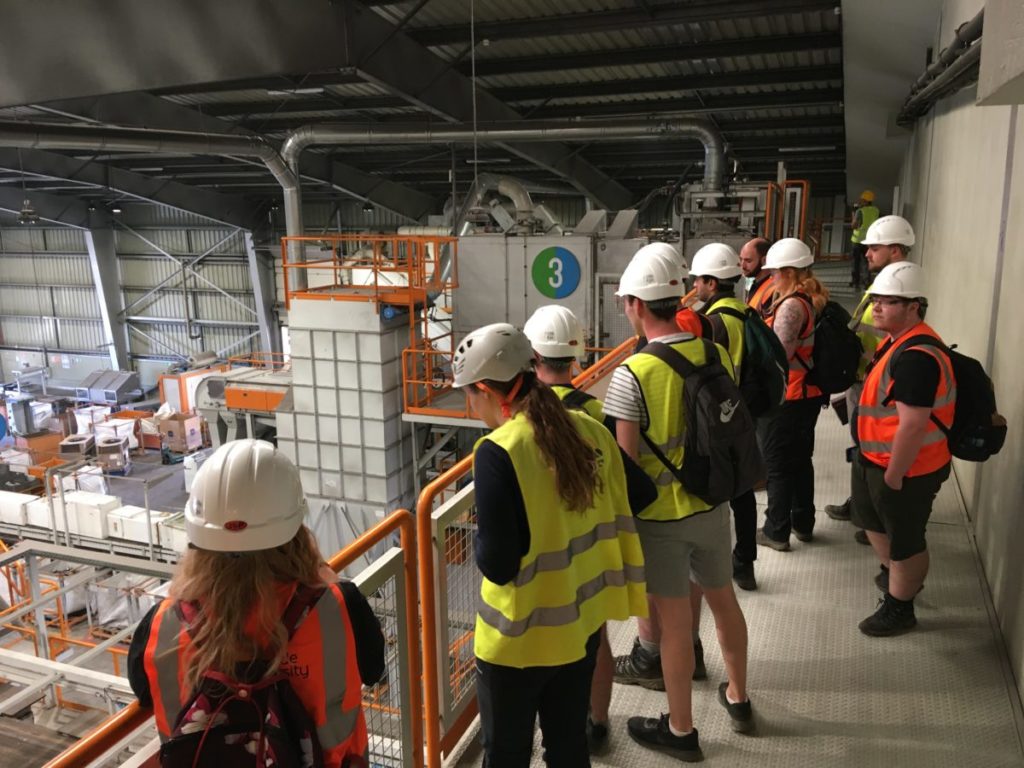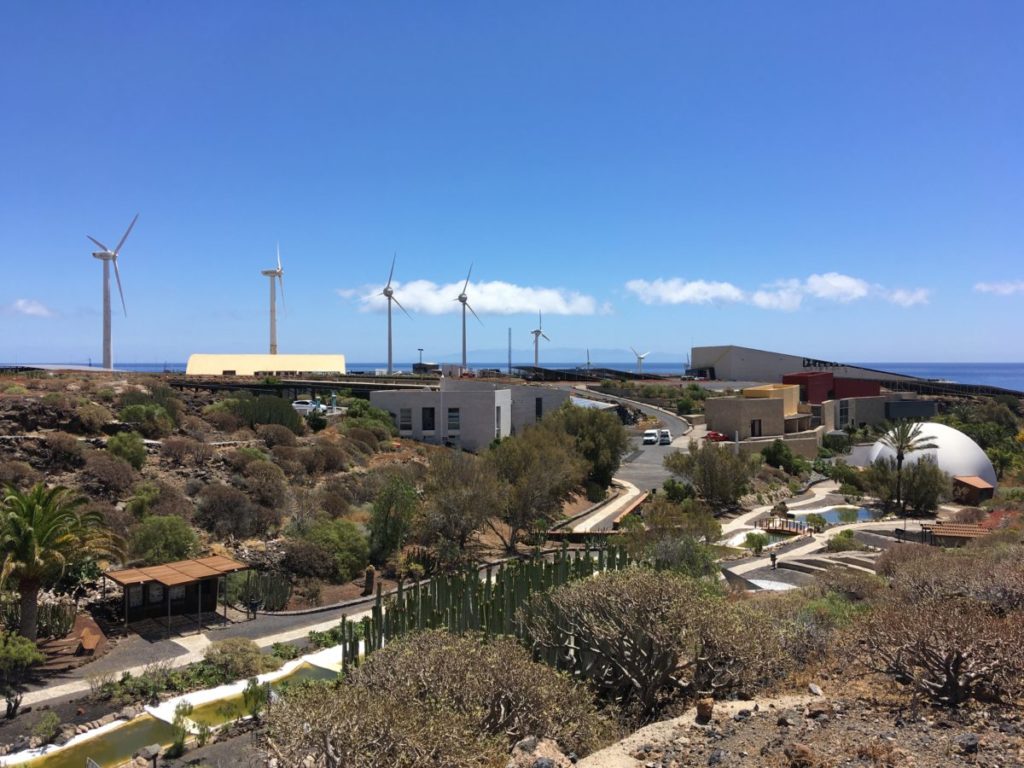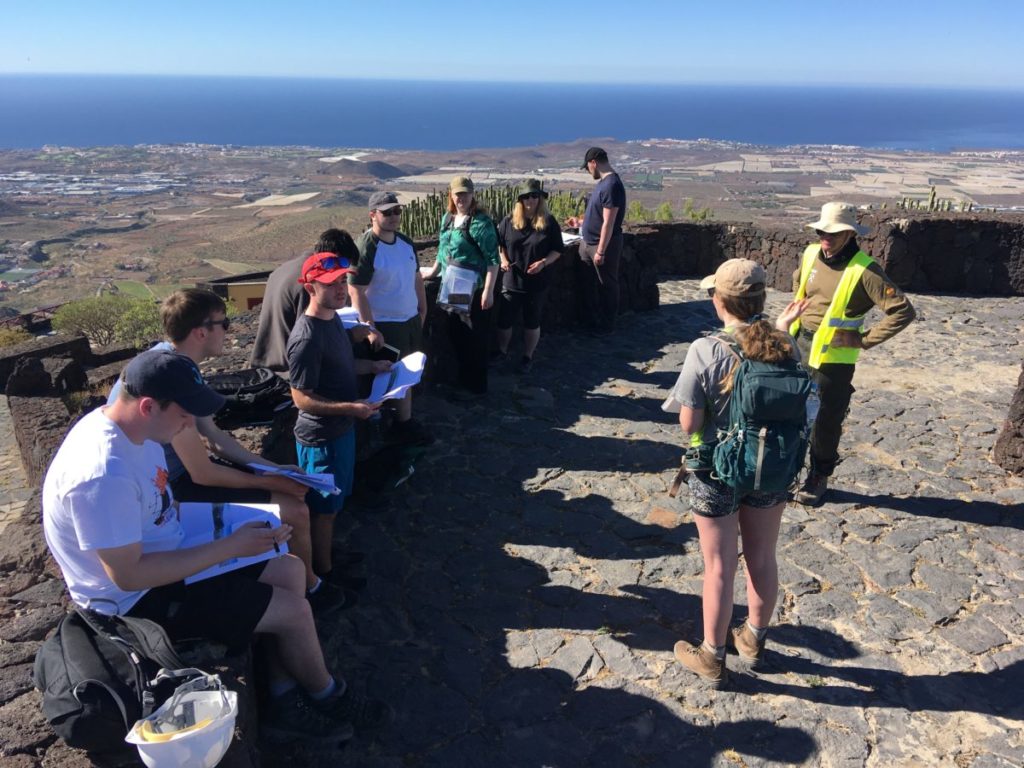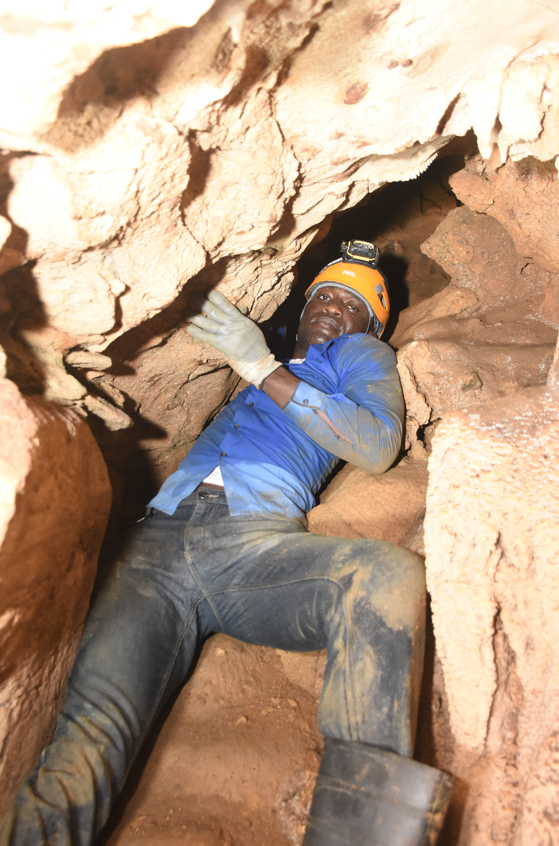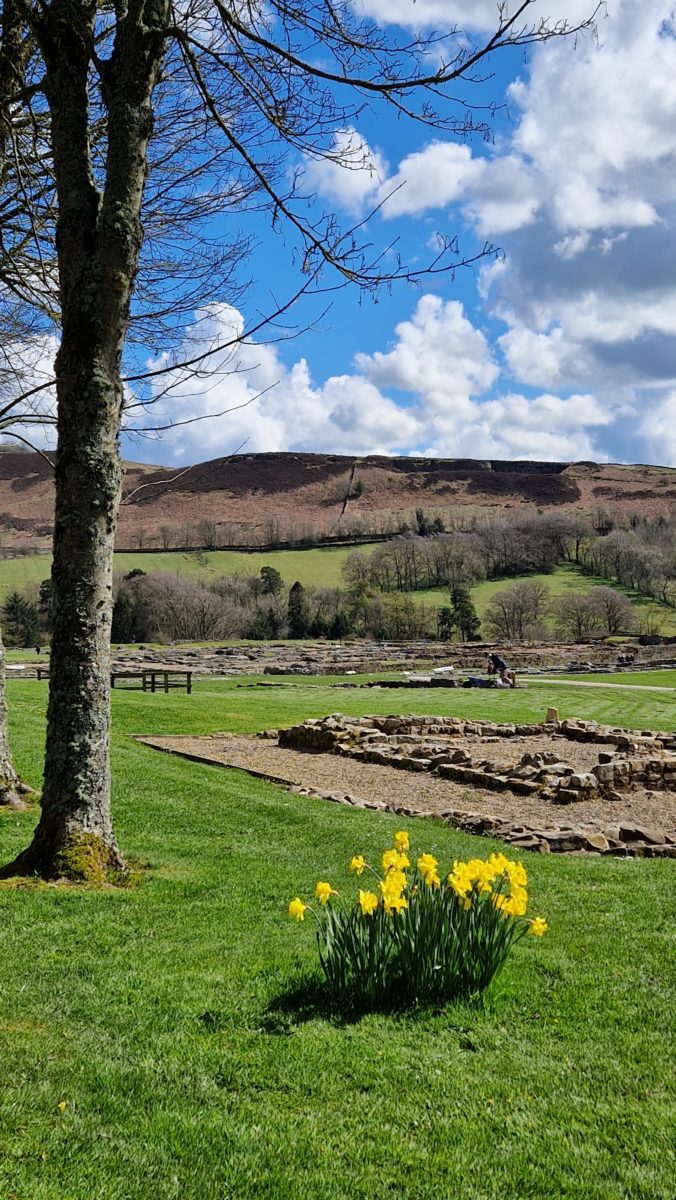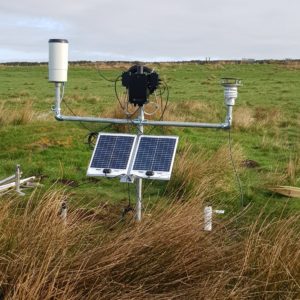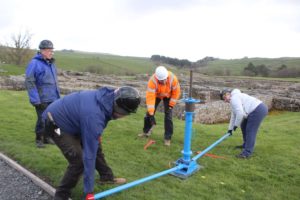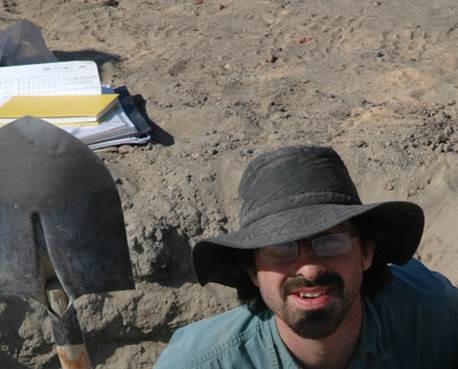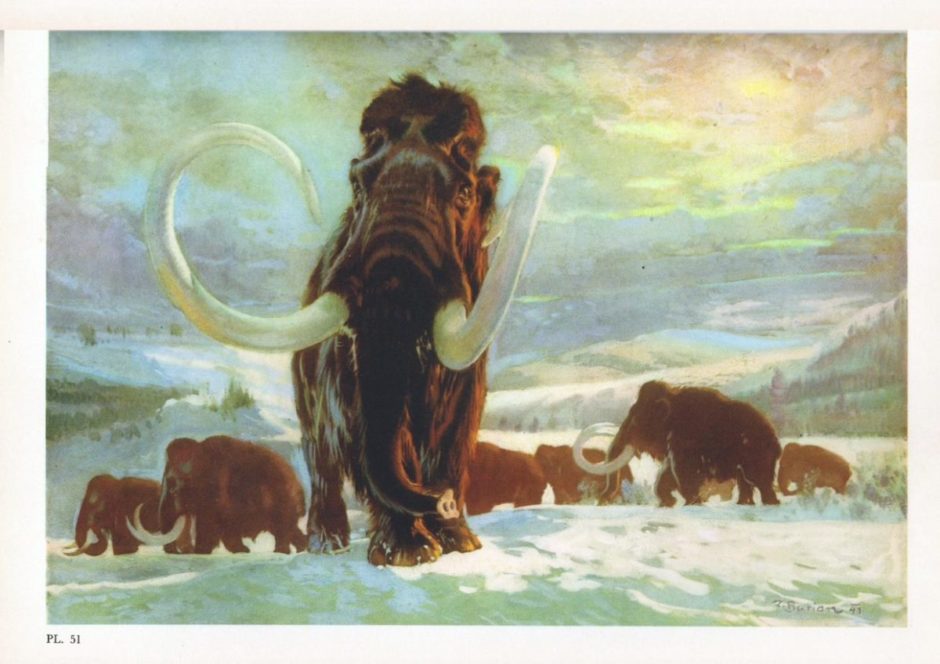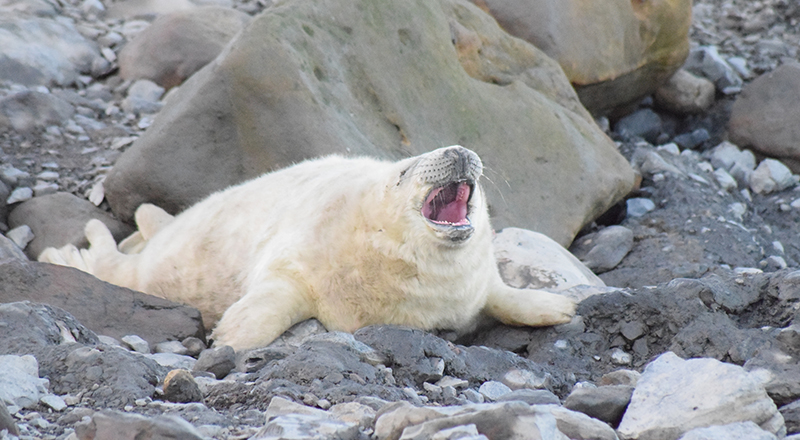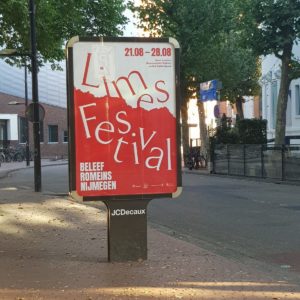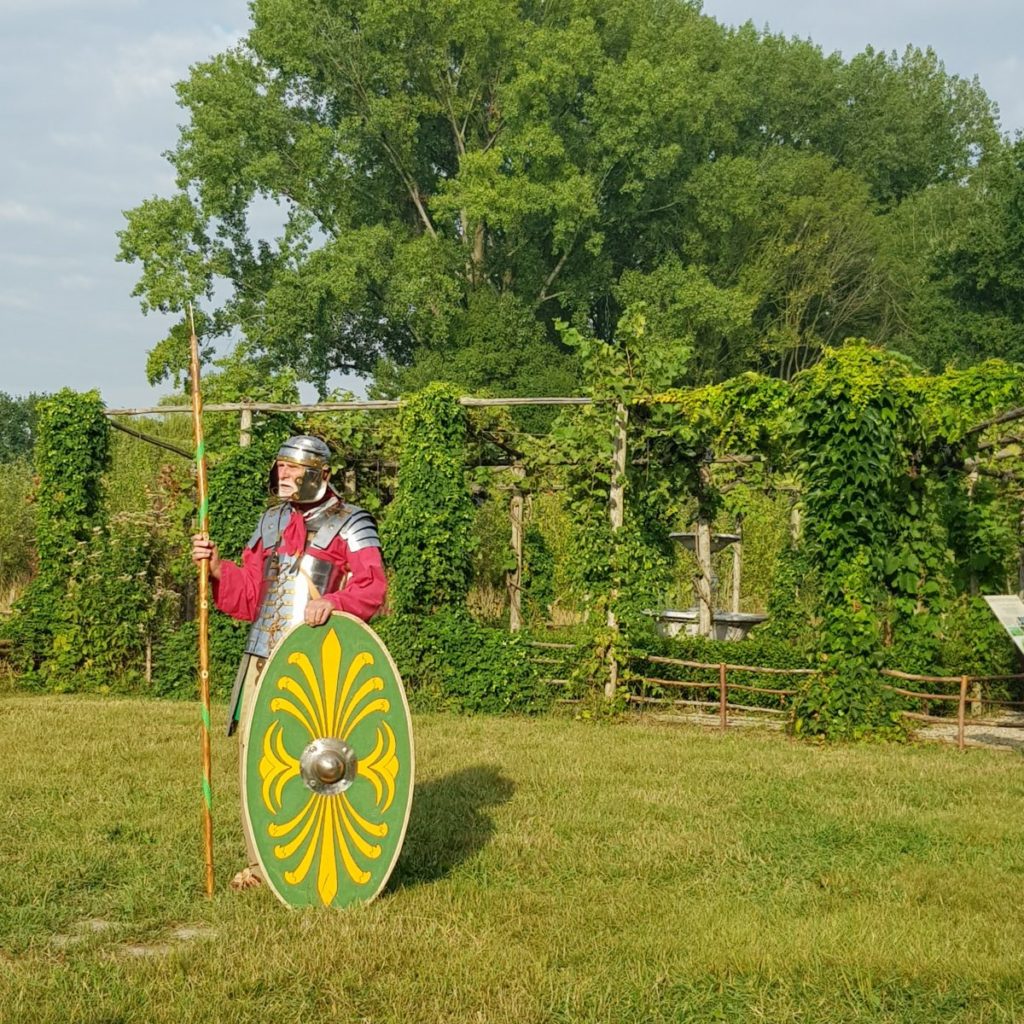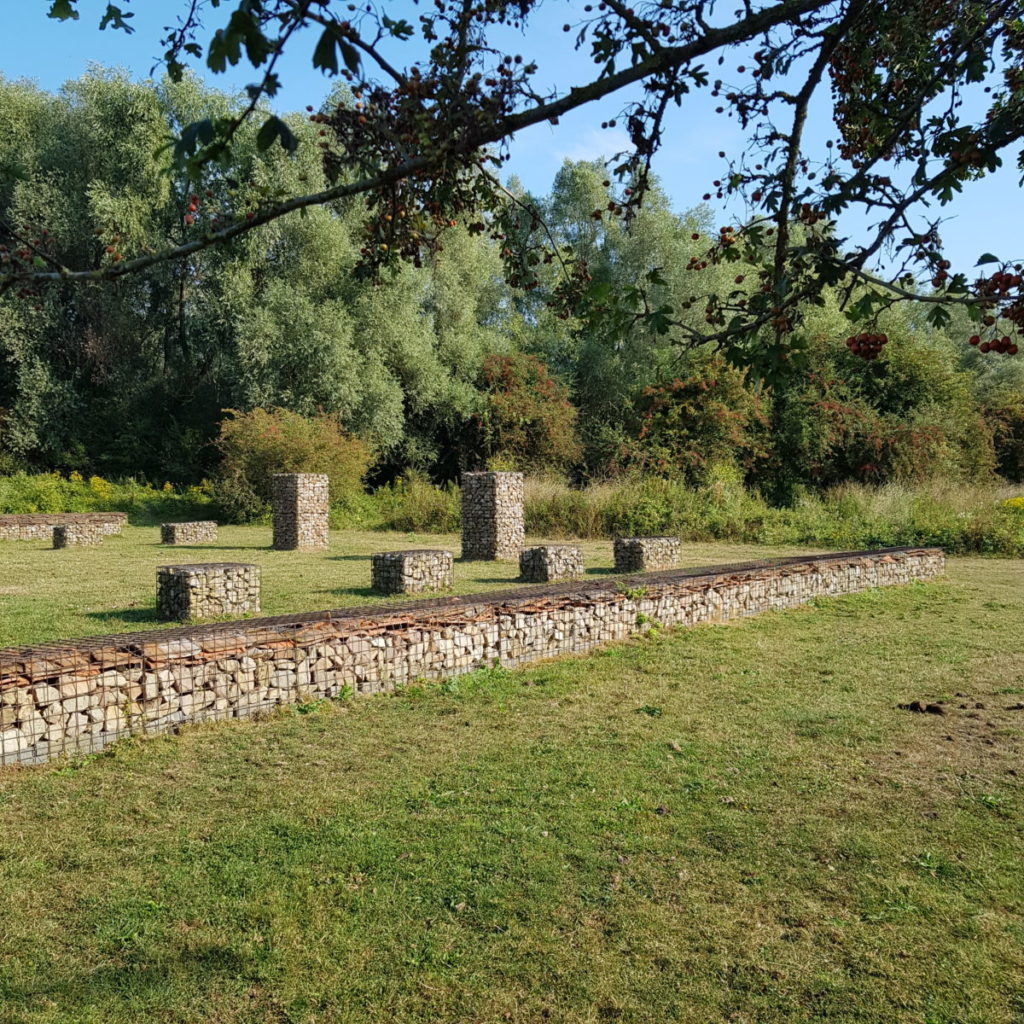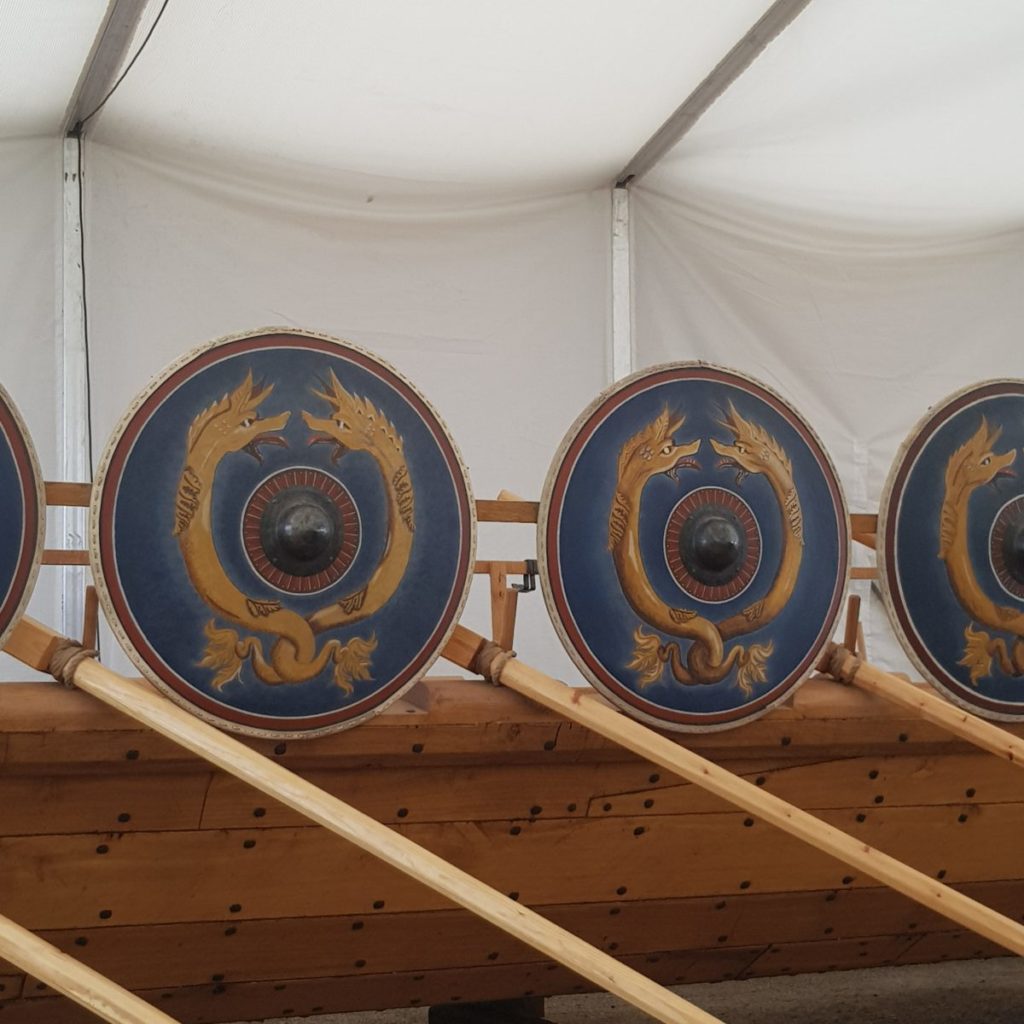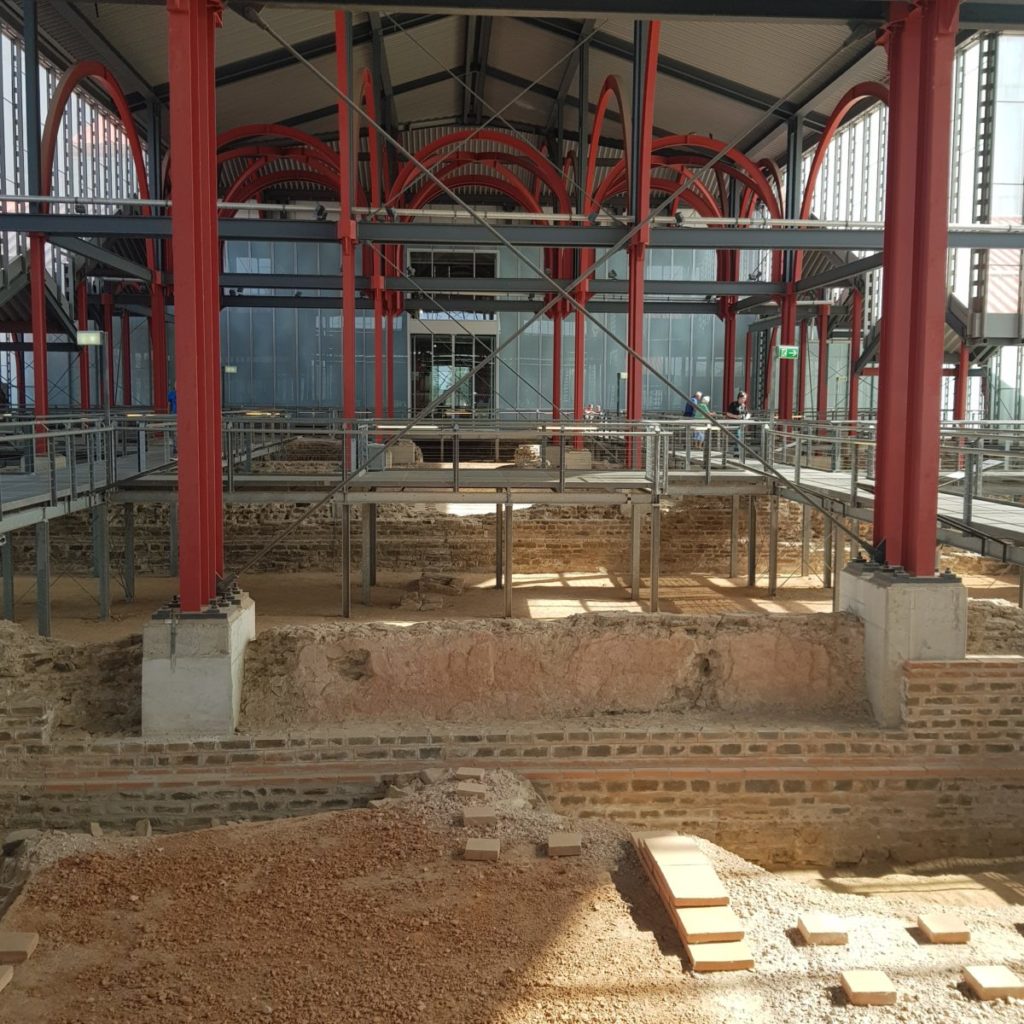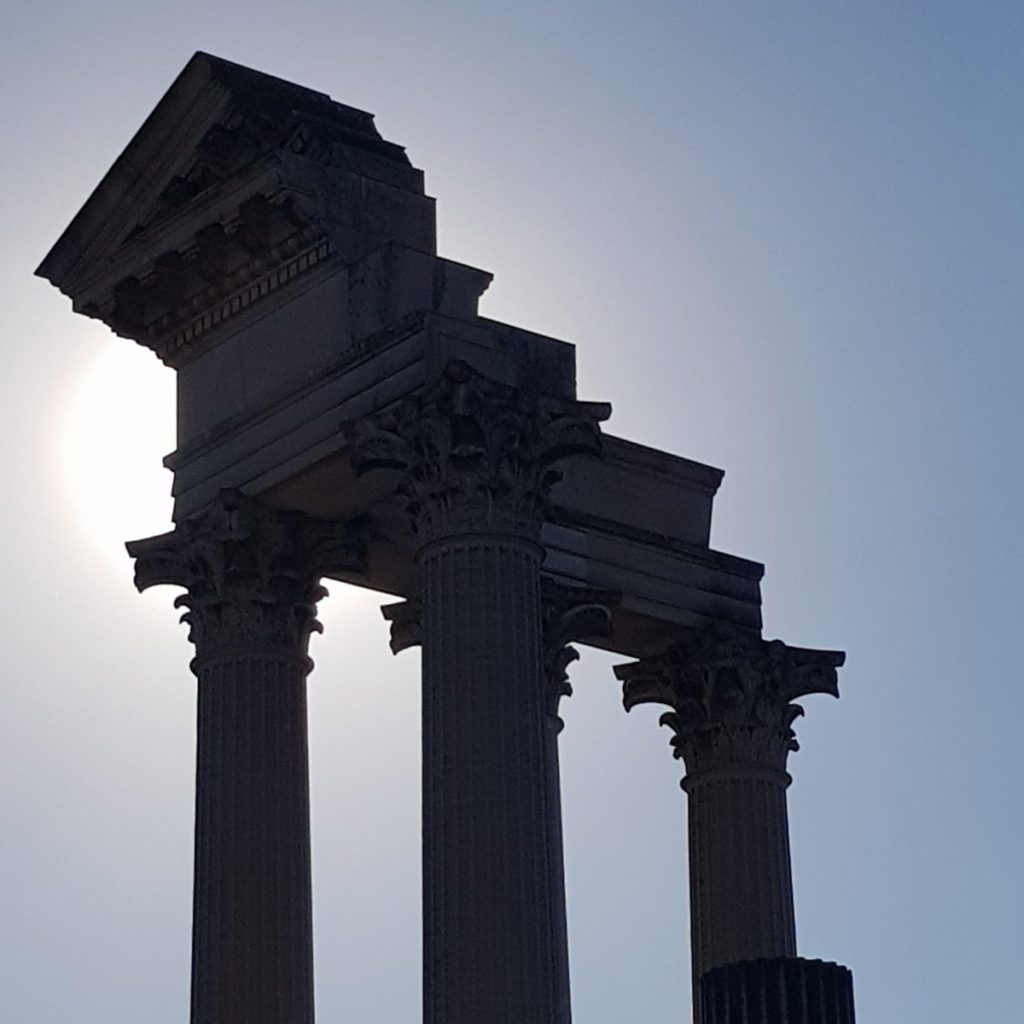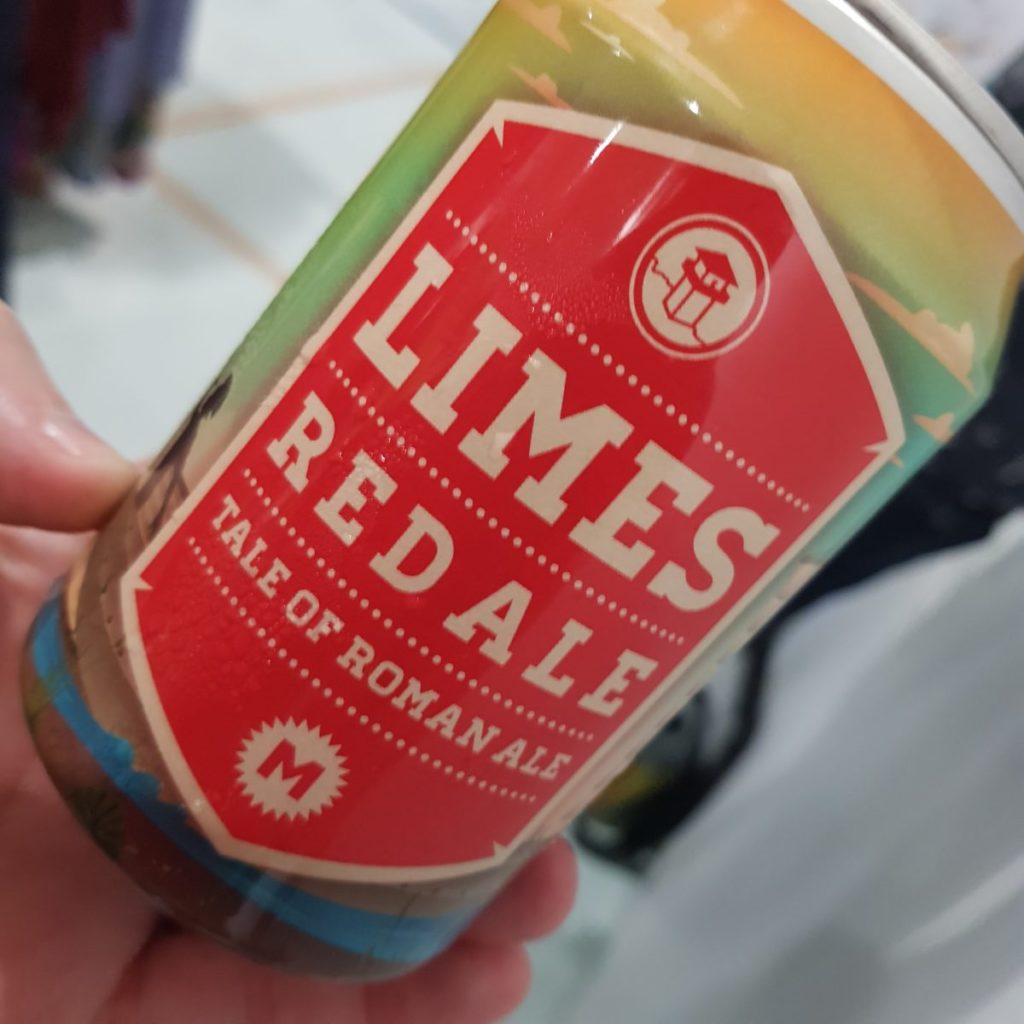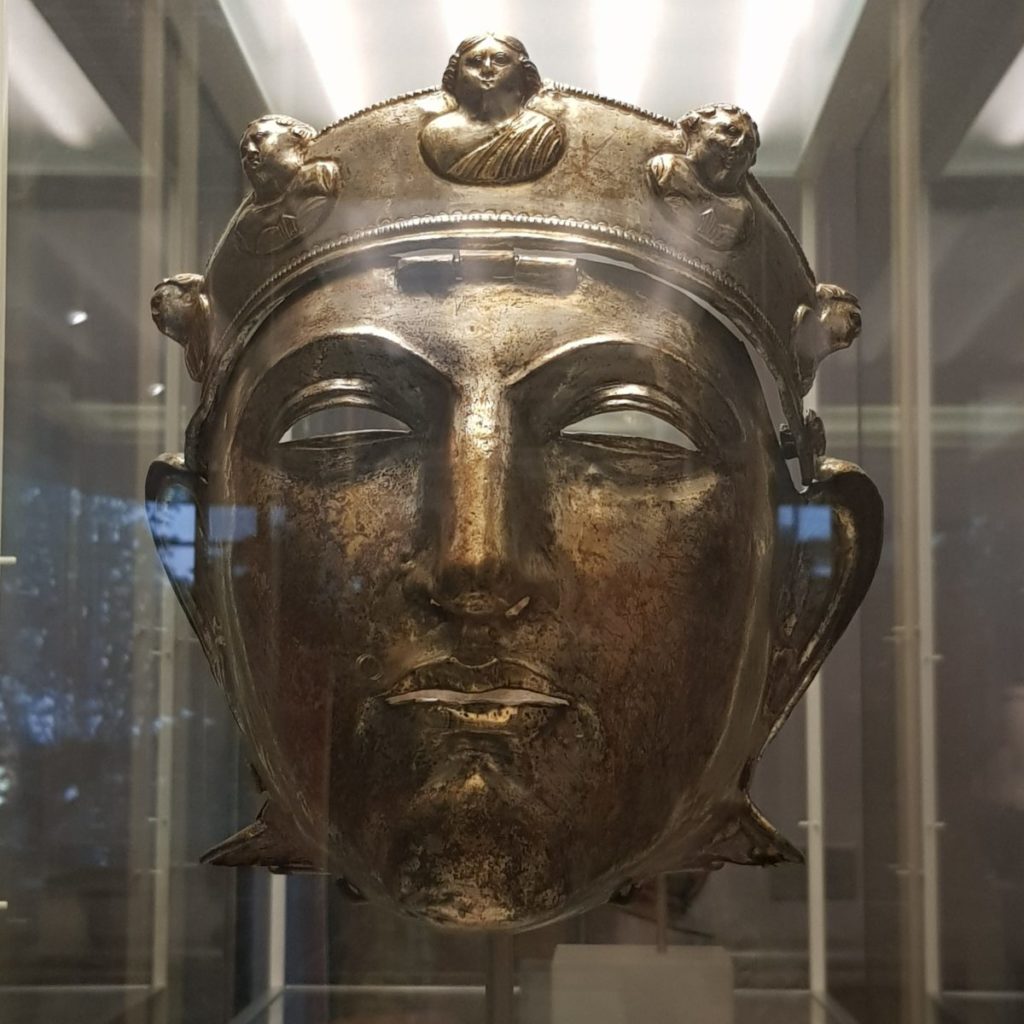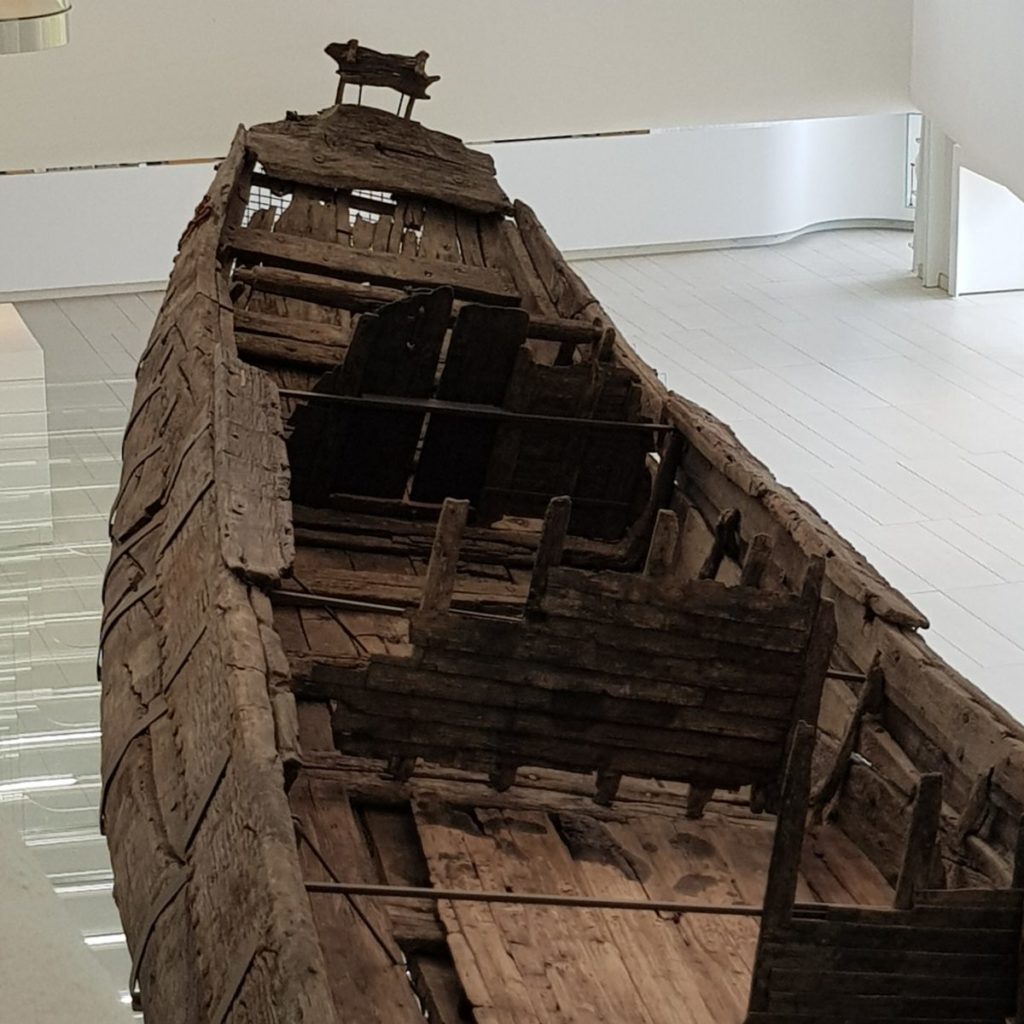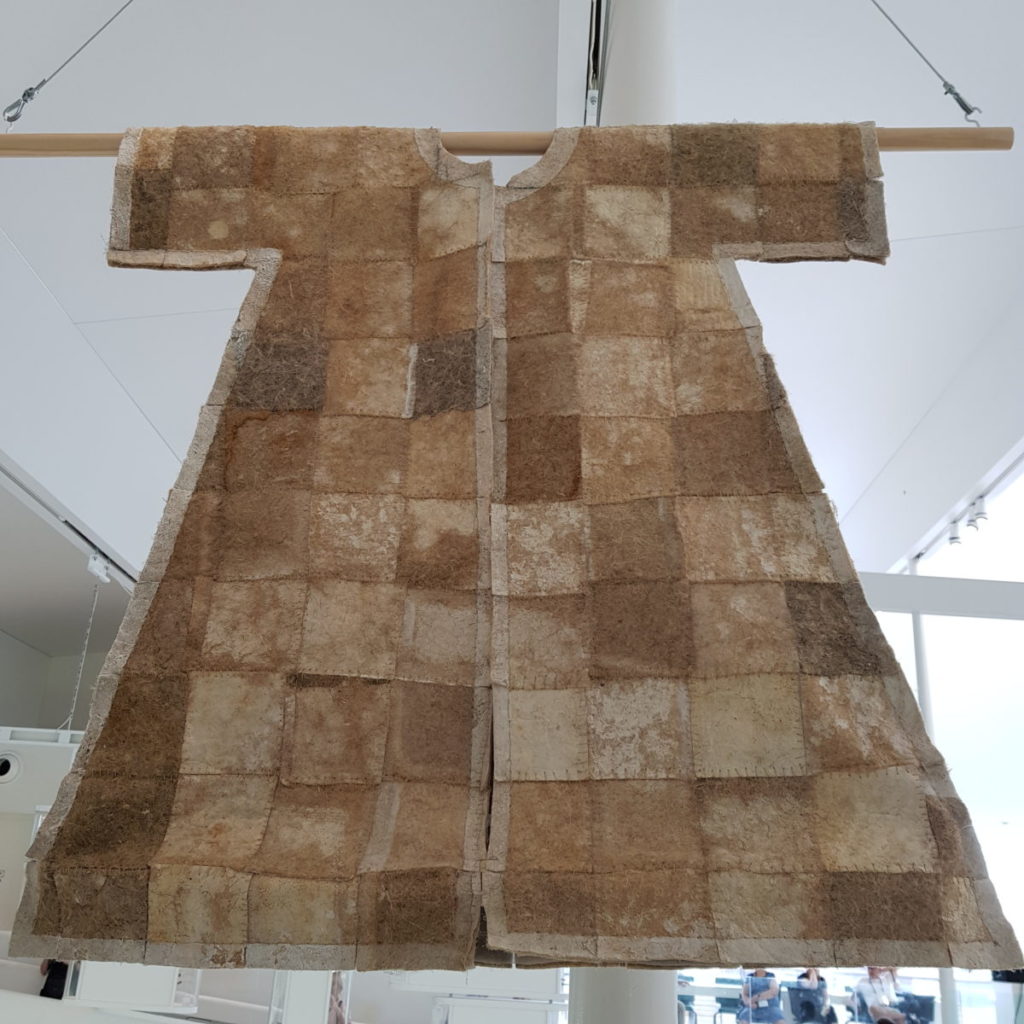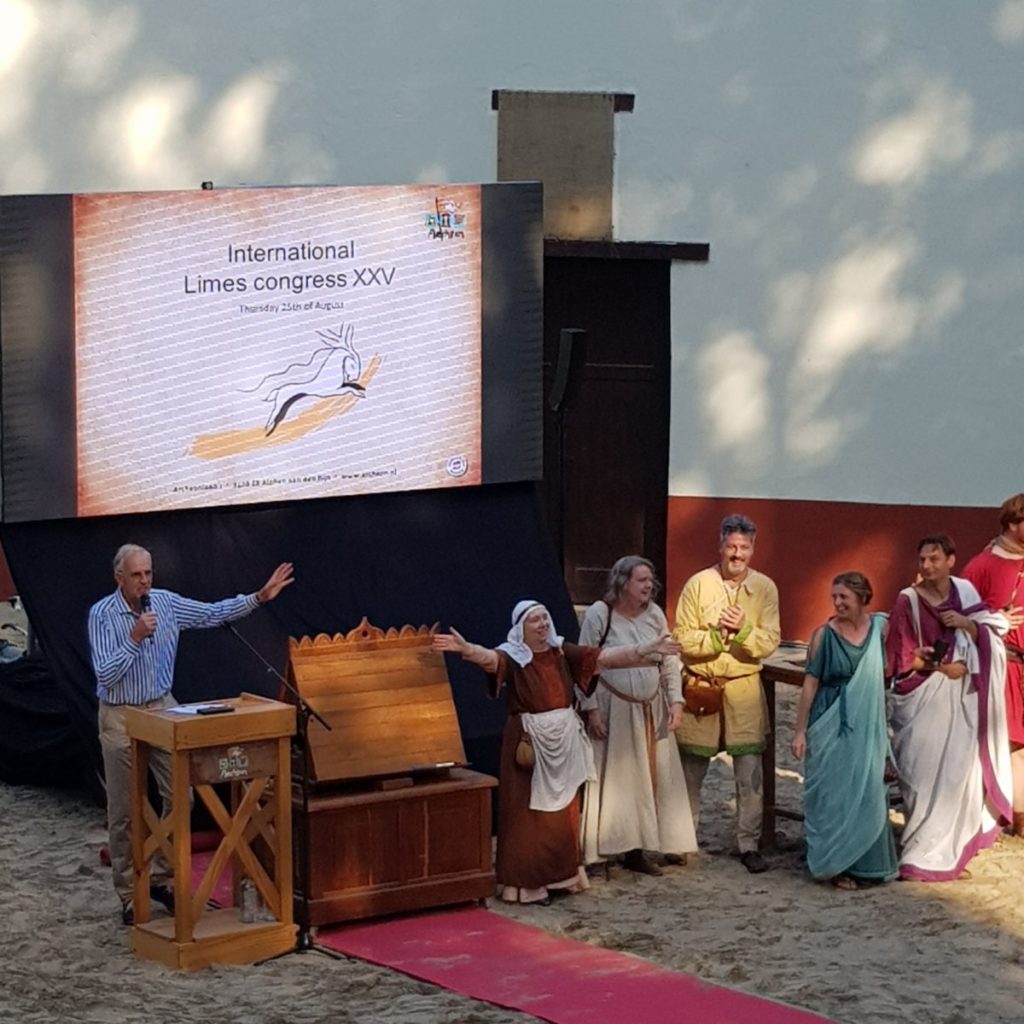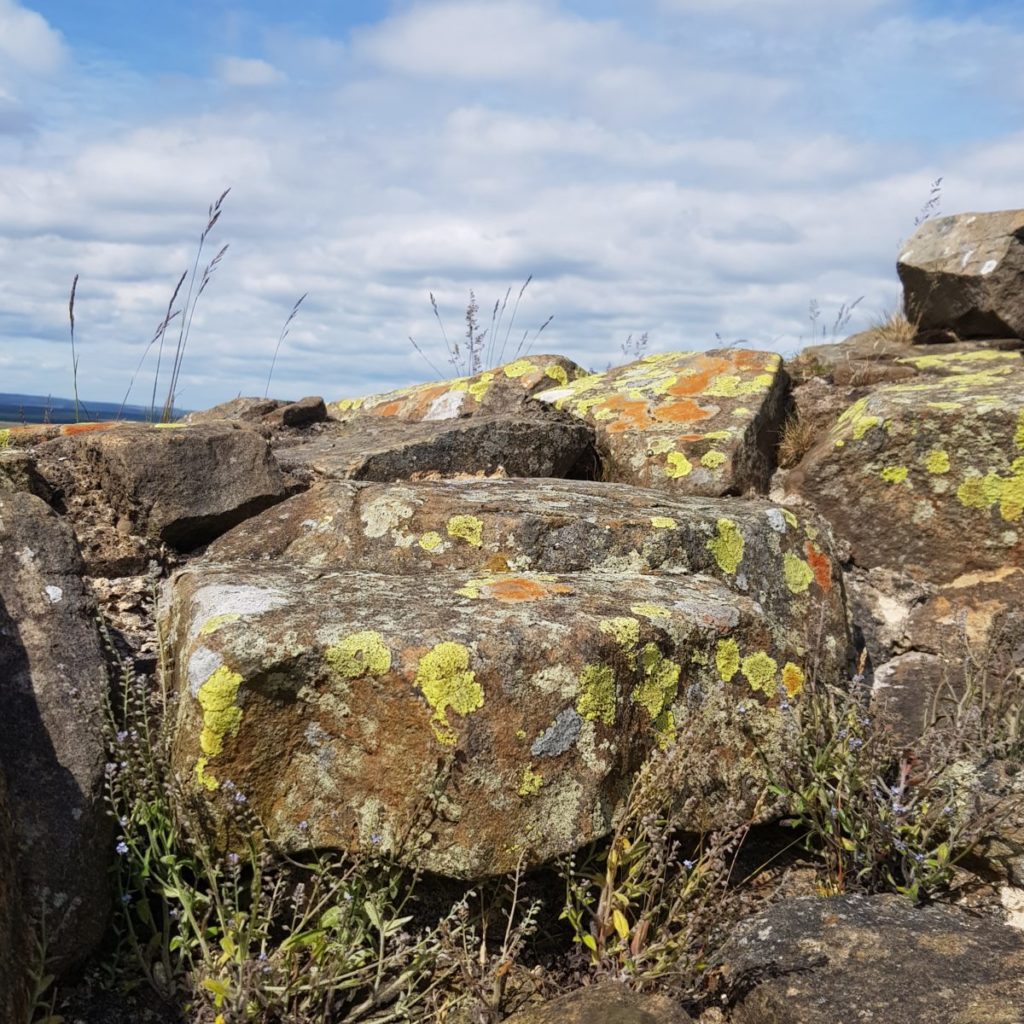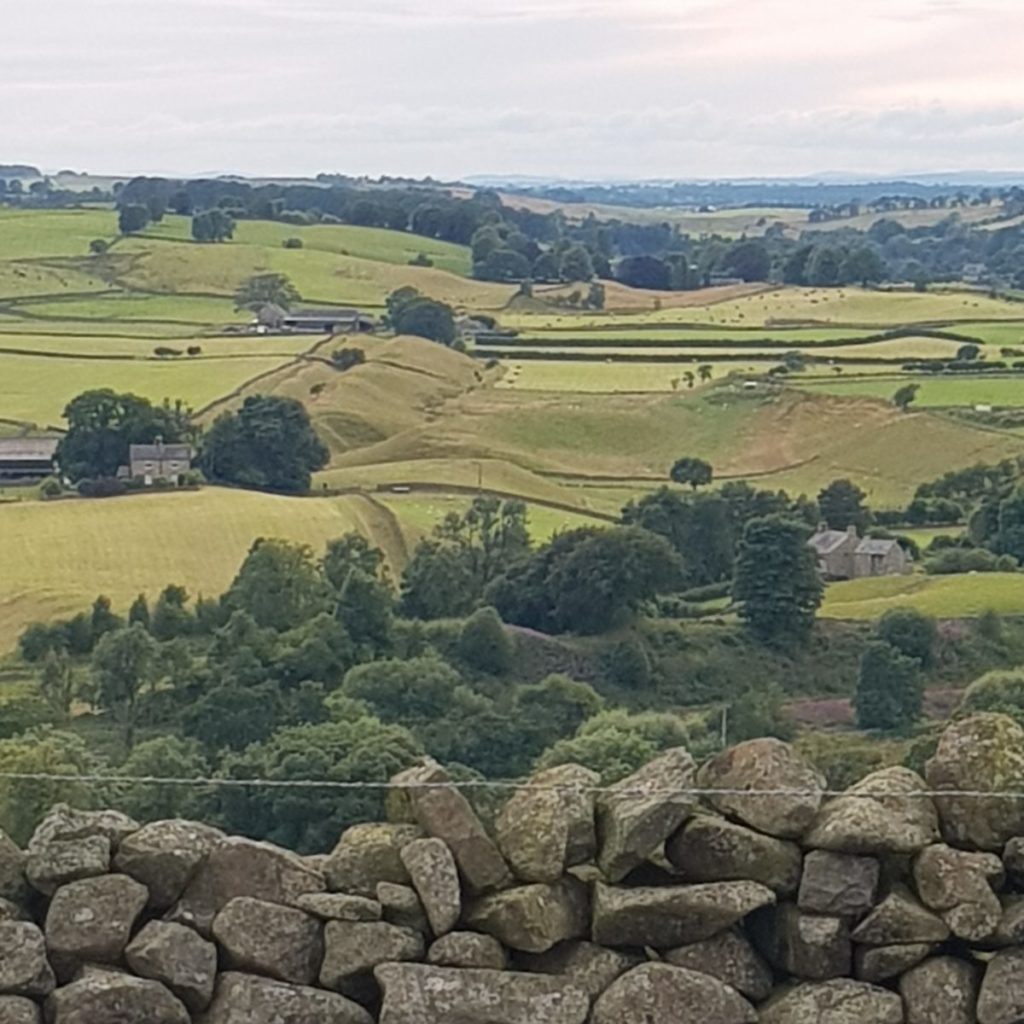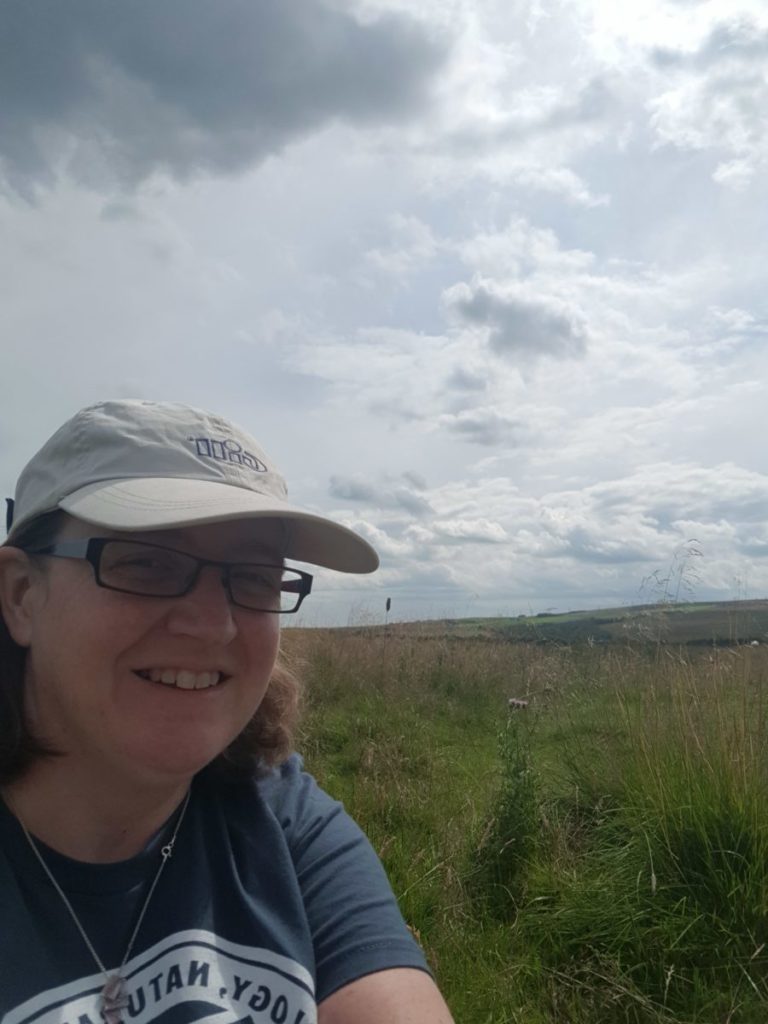On Thursday 18 May the TU Earth & Environment Research Group hosted external speaker, Professor Phil James, based in the Department of Engineering at Newcastle University.
Phil leads the Urban Observatory programme in Newcastle which is a multi-million pound investment in sensing infrastructure providing millions of observations about the city. According to Phil, his expertise and research interests lie in the fusion and integration of data for analytics and visualisation.
Phil’s brilliant and well-attended talk ‘Smart, sustainable cities: Challenges in new urban data and realising future cities for citizens’ focused on the wealth of data that the Urban Observatory programme has compiled over the past seven years, how it is used, and the challenges faced when dealing with large and, at times, sensitive data. Because the data that Phil’s team are collecting are applicable to a range of disciplines (e.g., environmental management (air quality, noise), public health (social distancing during Covid), sustainable urban development, and big data), TU Earth & Environment extended the invitation to our TU colleagues in Engineering and Public Health.
You can read more about Phil and his research interests on his profile page https://www.ncl.ac.uk/engineering/staff/profile/philipjames.html and the publicly available data and visualisation tool that Phil presented is available here https://newcastle.urbanobservatory.ac.uk/. If you intend to use the data, Phil has recommended accessing the Archive Data option.


